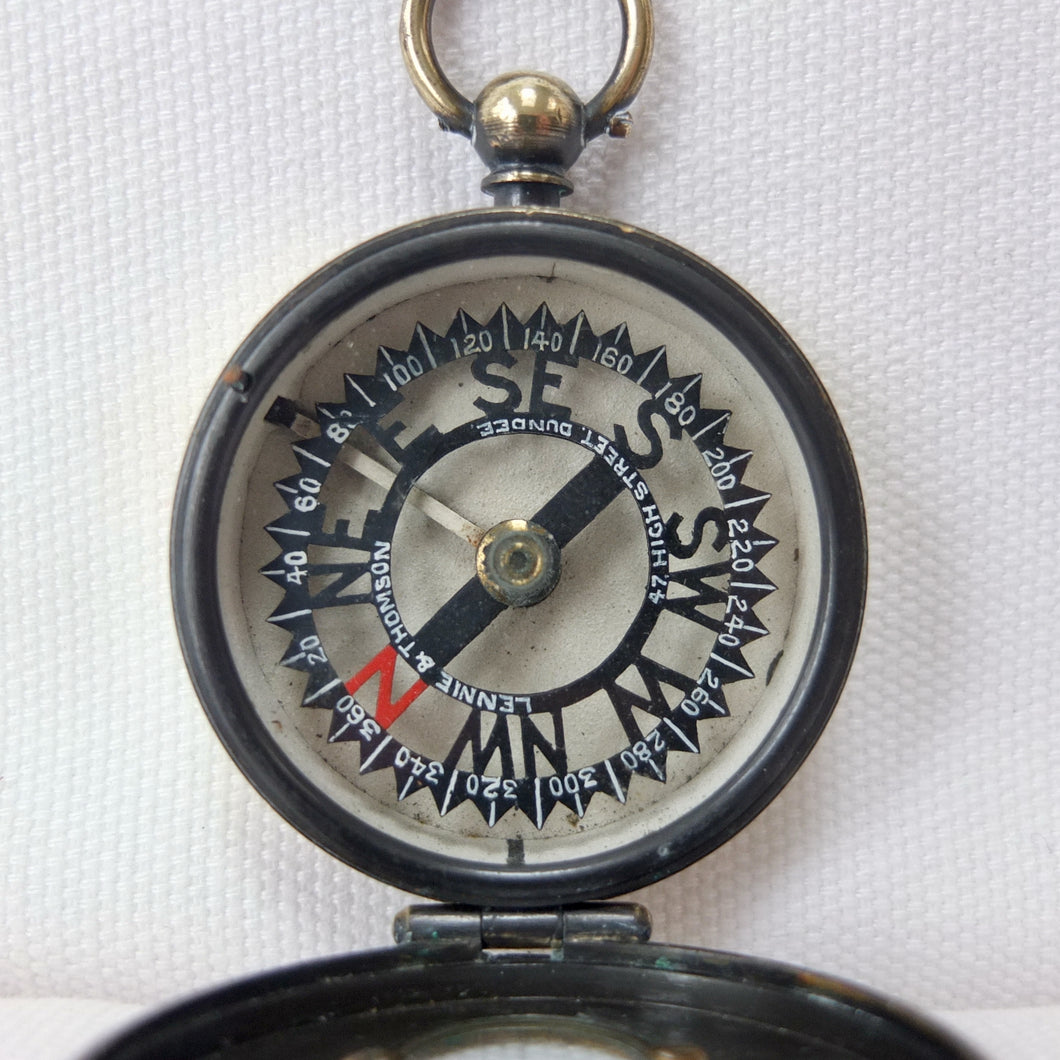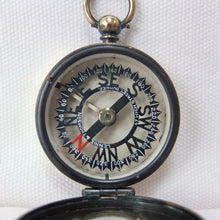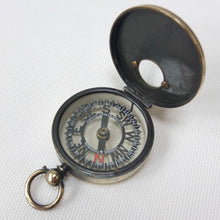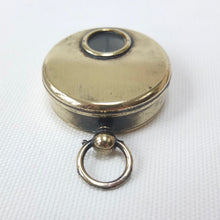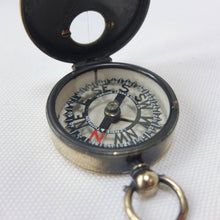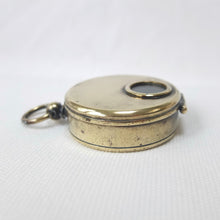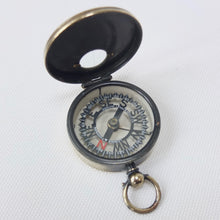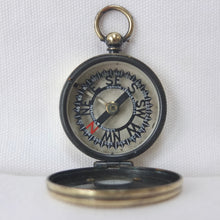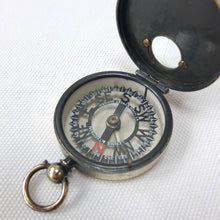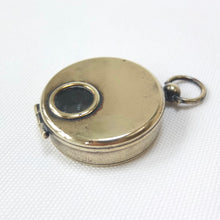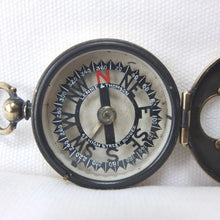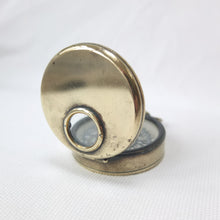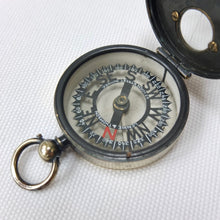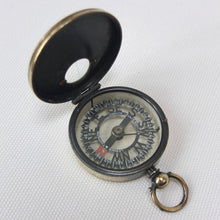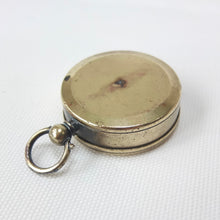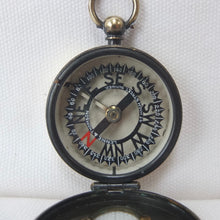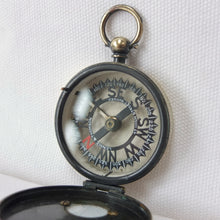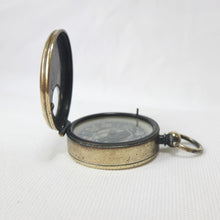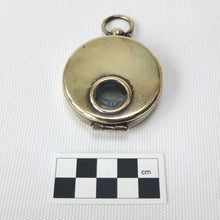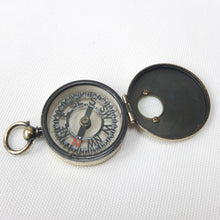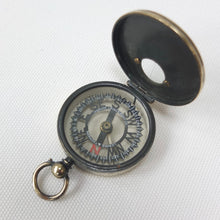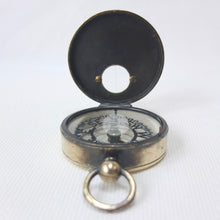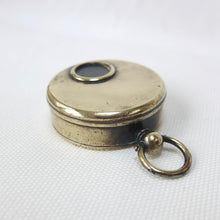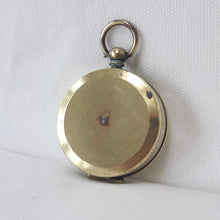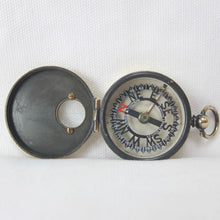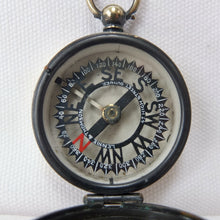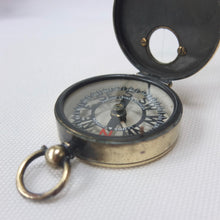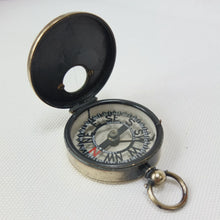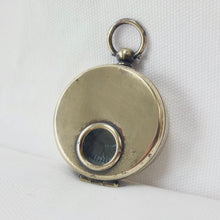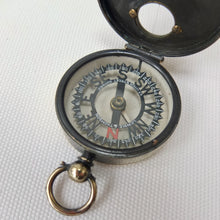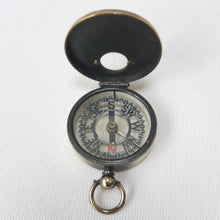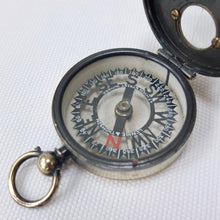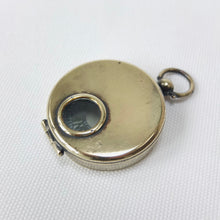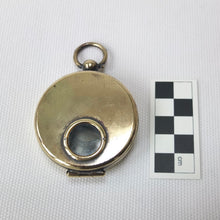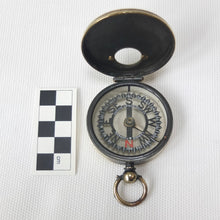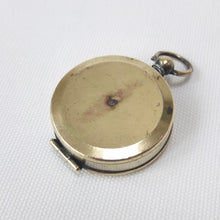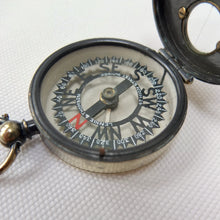Lennie & Thomson Skeleton Dial Compass c.1880
Price
£260.00
Sale
A rare 'Skeleton Dial' Night Marching pocket compass dating from c.1880, made by Francis Barker for Lennie & Thomson of Dundee. This Barker design was first sold around 1852. It has the retailers name and address, ‘Lennie & Thomson, 47 High Street, Dundee’, painted on the dial. Lennie & Thomson, a partnership between Charles Douglas Lennie and Cyril Linklater Thomson, were opthalmic opticians operating in Dundee from c.1880 until Charles' death in 1937. Charles Douglas Lennie was the son of John Magnus Lennie (1839-1912), a member of the well-known Edinburgh family of opticians, whose business had been established in the Scottish Capital in 1835. They had premises near Waverley Station on Princes Street, and the family business continued there until 1959. Lennie & Thomson were listed as ‘Opthalmic Opticians’ in the Dundee Directory in 1902, and they continued in business in Dundee until 1937.
By around 1881 this type of compass design was being superseded by more modern designs, like the early service pattern compasses of the Verner type, and it is unlikely to have been produced much later than the early 1880’s. Although this compass was retailed by Lennie & Thomson, it was undoubtedly made by Barker. Most of Barker’s products were supplied unsigned to the retail trade, although occasionally they would have had the retailers name added when the compass was made. Most retailers simply added their own details to the dial before displaying it in their shop.
The compass features a hand-painted, 'skeleton’ type, cut-out aluminium dial and a white luminous-painted bowl to aid visibility at night. It would have been painted with a luminous compound (most probably ‘Balmain’s Luminous Paint’, which was patented in 1877), which was activated by exposure to very bright light, often created by burning a strip of magnesium ribbon. The instructions for rendering the compass luminous in this way would originally have been on a paper label inside the lid. This design was often described as a ‘Night Marching compass’ in catalogues of the period. The complex and finely made design was one of Francis Barker's earliest, first produced in the 1850’s, and it can certainly be attributed to Francis Barker & Son as this design was only ever made by them. The compass has a jewelled pivot, a brass hunter case, and a transit lock operated by a lever on the top edge of the case. The case would originally have had a ‘bronzed’ finish, and this can still be seen on the interior of the lid.
Condition:
The compass is in very good condition and finds north well. The transit lock is in working order. The skeleton compass card is in very good condition. The glass is in very good condition. The brass case is in good condition, with a few marks and minor signs of age and wear. It has a strong hinge and closes well.
Dimensions: 50mm diameter (80mm inc. bow & loop)
Further details of this type of compass can be found in Paul Crespel's excellent book, Trade Mark London, (p.100), which can be viewed as a PDF at the trademarklondon.com website.
